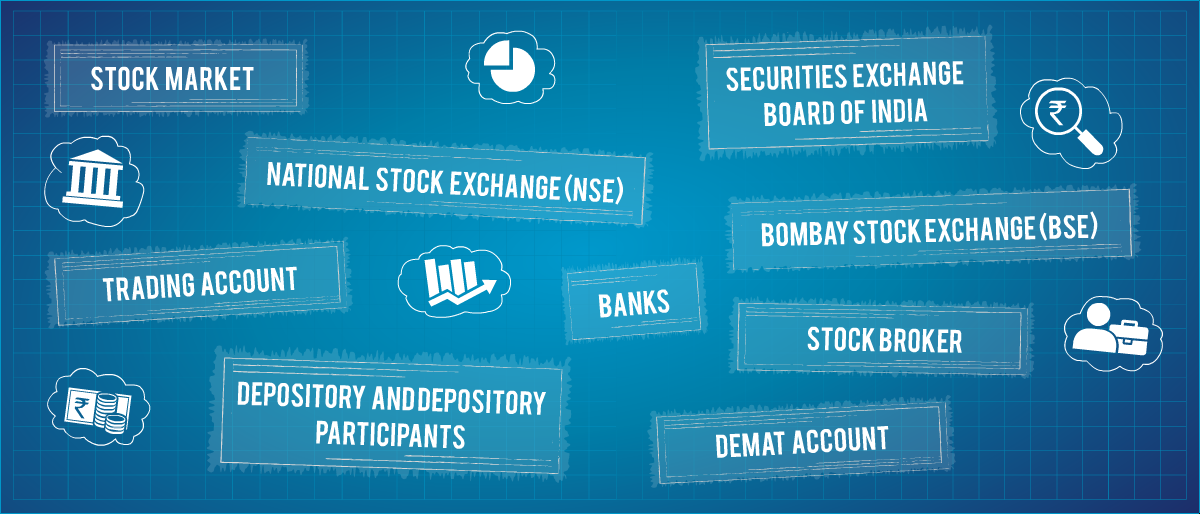Investment plans combine life cover with investments. A certain portion of the premium paid is used towards insurance coverage. The balance is invested in different investment products. These include debt and equity and you may choose as per your risk profile.

These types of plans are an excellent option to meet your short-term and long-term financial objectives. Investment plans are also a good way to reduce your tax liability and build wealth over a longer period.
Life insurance is important to offer financial protection to your loved ones in case of an unfortunate incident. When you combine such life cover with investment, you are able to not only avail of protection but also are able to create wealth to meet your financial objectives.
Investment plans are classified as traditional endowment policies and Unit-Linked Insurance Plans [ULIPs]. A regular endowment plan pays a lump sum or annuity at the end of the policy term. On the other hand, ULIPs provide market-related returns on your investment.
Are you confused about the different types of investment plans? You may come across several different plans with multiple options. Making the right decision amongst such clutter may be confusing and difficult. Here are three factors that may help you make the right choice.
1. Risk appetite
ULIPs invest in market instruments like cash, debt, and equity. If you are willing to assume higher risk to earn greater returns, equities may be a good choice. However, if you are ok to earn lower but guaranteed returns, debt is a better option. Therefore, you must evaluate and analyze your risk appetite before investing in an investment plan.
2. Financial situation
It is not prudent to invest money if you are going to face financial difficulties. You must analyze your financial situation and consider all your expenses and obligations to determine the amount you may invest in any plan. It is recommended that you start investing with smaller amounts as per your financial situation and gradually increase the amount as your income increases.
3. Investment objectives
Different kinds of plans are suitable for various objectives. It is important you clearly know your financial goals before making an investment decision. You must consider whether your goals are short-term or long-term to make an appropriate decision. Moreover, it must suit your requirements and risk appetite.
Importance of comparing different plans
You must compare all the different options that are available to choose the best investment plan in India. The primary objective of investing is to earn returns and an incorrect decision may result in severe outcomes. Therefore, taking the time to compare and understand the different plans is crucial.
An easy and quick way to compare different plans is to check online. This method allows you to compare several plans in a single page making it convenient. You may easily compare the features, pros and cons, and fees and prices to make an informed decision. Additionally, you may gain beneficial information through customer reviews, feedback, and comments.
The significance of investment policies
1. Financial security
When you invest through a Systematic Investment Plan [SIP], you are able to accumulate wealth over a period without facing financial difficulties. An SIP investment plan allows you to invest a fixed amount at pre-determined durations. This allows you to procure financial security thereby enabling you to meet your various life goals such as marriage, children’s education, and retirement.
2. Return on investments
Compared to fixed-income instruments, such as fixed deposits, investment plans like ULIPs deliver higher returns. The post-tax returns on ULIP plans are often higher because the funds are invested in market-related instruments.
3. Taxation benefits
The premium paid on your investment policy is eligible for tax deductions under section 80C of the Income Tax Act, 1961. Additionally, the maturity benefits are also tax-free under section 10(10) D of the Income Tax Act.
Before you invest in any plans, here are five things to bear in mind
- Objective
If you are like most people and invest only to earn returns, take a step back and reconsider your objective. Investment plans are beneficial in meeting short-term and long-term financial goals. You must consider all different objectives over a period before making an investment decision.
- The reputation of the fund house
When you invest your money with a fund house, you provide it with the permission to invest on your behalf. It is important you check the reputation of the fund house to ensure your money is well invested.
- Past performance
An important investment objective is to earn good returns. Therefore, it is crucial that you check the past performance of the different plans to make an appropriate decision. You must compare the performance with a benchmark like an index to understand the fund house.
- Fees and charges
Small fees and charges may not be noticeable. However, these may accumulate to a significant amount in the long-term. It is recommended you check these before making your decision.
- Fund manager
A fund manager manages your money. You must check his past performance and reputation to gain an understanding. Evaluating the fund manager’s performance during tough markets is very important.
Selecting the right investment plan is a critical choice. You assume a certain risk when you invest your money. Therefore, understanding the features of the different plans and assessing your risk appetite is recommended before making an investment decision.








